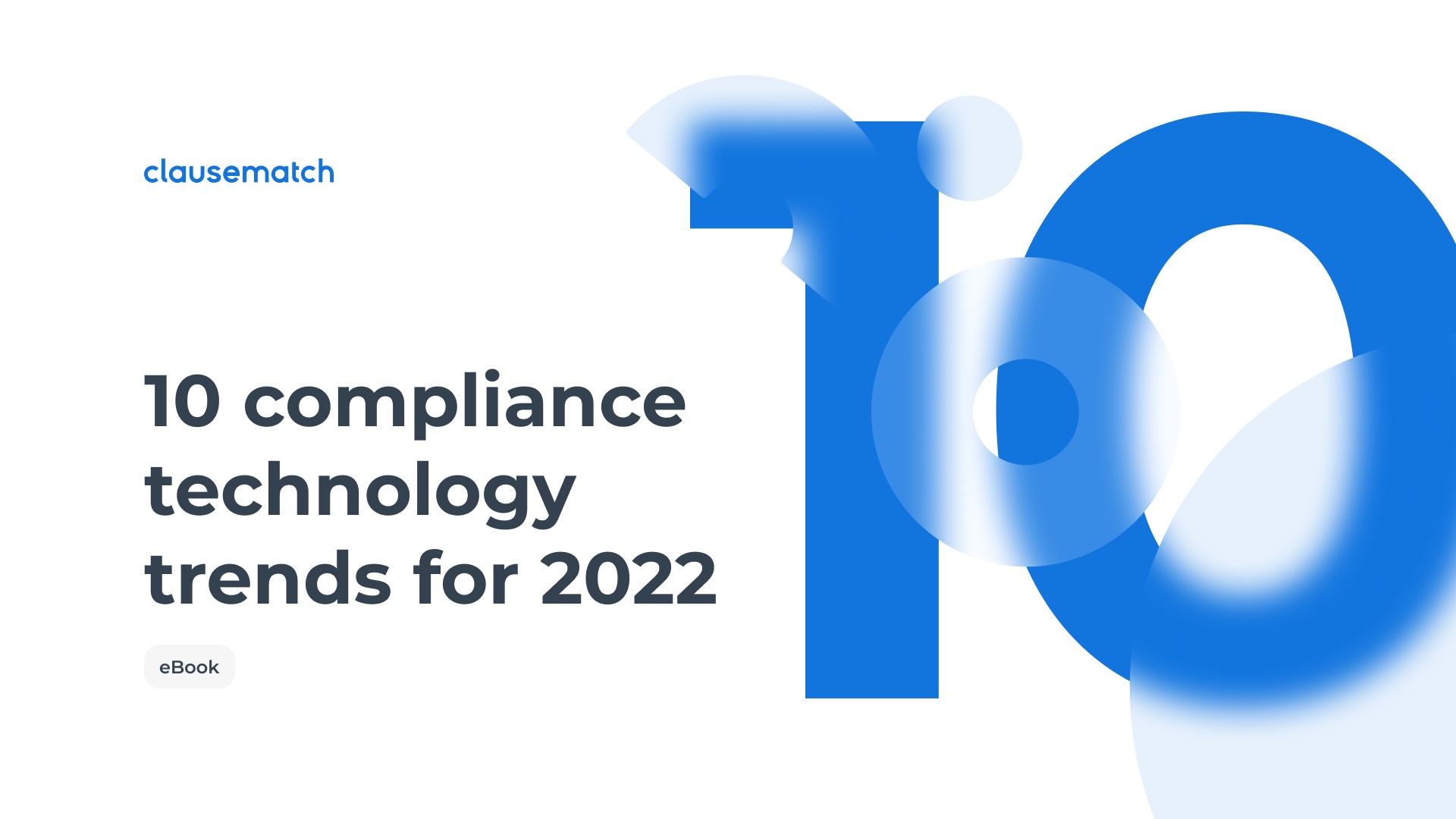In our last blog post, we discussed five trends we anticipate shaping compliance technology this year. In this blog post, we’ll uncover the final five trends we mentioned in our latest eBook and webinar.
Trend 6: Rising usage of technology to demonstrate compliance will result in more RegTech companies.
In 2020, the FCA’s article “RegTech – a watershed moment?” was published. Two years later, due to Covid, RegTech firms are increasingly showing their value and as demand escalates for both RegTech firms and the solutions they provide, so will supply.
Without RegTech, financial services firms wouldn’t have been able to handle the pandemic as well as they did. As a direct result, 33% of G-SIFIs (globally systemically financially important institutions) are planning to increase their RegTech budget over the next 12 months. As budgets increase, this will be a key driver of more RegTech companies and solutions, which could also filter through to other industries.
Indeed, over recent years, the number of companies in the RegTech space has increased, each providing a different angle to the market. But instead of direct competition amongst organizations offering the same products, ultimately, companies will start to offer their own solutions for developing challenges. Thereafter, collaboration between them could grow, such as in communication compliance and policy management. This is where the value to the customer could eventually lie.
Importantly, though, being able to evidence compliance through efficient record keeping is crucial – without it, the regulator would simply not recognize it. RegTech enables this, making the lives of Chief Compliance Officers and Chief Risk Officers so much easier, as well as keeping the regulator happy. And the more a firm gets comfortable with the usage of RegTech solutions, the greater desire there is to implement more.
Perhaps as RegTech companies grow and scale and mature rapidly, the introduction of many more RegTech firms will plateau. Instead, successful RegTech organizations will likely provide more varied solutions across additional industries.
Trend 7: Compliance teams to laser-focus on obtaining only the best, trusted data
We’ve been conditioned to believe that the more data we have, the better it is. In line with this, organizations have developed to become more advanced at collecting data. But now, we’re asking a new question:
“Why do we need so much data and what are we going to do with it?”
It seems we’ve gone from one extreme to another. In a recent report by Connect, 36% of people surveyed said they are not using or finding value in the data they have, as it doesn’t demonstrate a sufficient return for them as an organization.
Why is this? Are we capturing the right data to answer the questions we have?
With only 15-30% of data used, do we really understand why we’re using the data? If we don’t use 70% of the data, but it’s all being stored into servers, could we sharply reduce the negative impact it has on the environment, or would it be good to keep for the future – just in case?
Data science is becoming increasingly important. The ability to combine data used in trade, communications and policy and understand where and how they can intersect isn’t easy, especially with dealing with volumes of data. But if achieved, solutions to key challenges across all business segments could quickly materialize.
Trend 8: Semantic interoperability – efficiency escalates when all parties collaborate effectively
This trend is all about synchronizing technology. It’s about generating a better and more efficient approach to connect the dots and using it in a way that enhances our knowledge about the present, as well as the future.
Whether we’re talking about people, systems or data – the harmonizing of silos can result in better collaboration and integration, as well as stronger end-to-end processes.
Trend 9: Compliance as a competitive advantage
Your compliance function IS your competitive advantage.
This is a mindset that more firms need to embrace, because getting compliance right simply results in a more agile, strategic and trustworthy firm.
And this can develop with the introduction of RegTech solutions that are used in strategic decision making. Strong, reliable data going into your systems means trustworthy information coming out that can be used for better business planning.
But technology in this way should be adopted and supported by more than just your IT department. It should become a standard throughout the organization – from IT and compliance, all the way to the board. So, in the future, your RegTech enabled compliance function will report information (not just data) to a clued-up board, who then can make more well-informed decisions.
Companies need to invest in technology so that it becomes part of the DNA, culture and conduct risk of a firm. To build a competitive advantage, the compliance function should lie at the heart of that investment process.
Trend 10: Increased digitization to help sustain innovation
There are multiple compliance technology options currently available. The introduction of Covid has resulted in more firms increasing their digital usage and we don’t anticipate this trend to slow down.
Prior to Covid, compliance officers had a formal duty to ensure that their firm was compliant with the rules and regulations that are attributed to them. But they also needed to sense and feel what was happening on the work-floor.
As digitalization usage rises, this sensibility is somewhat eradicated. But with that should come a greater desire for compliance officers to ask more pertinent questions, delve deeper into problems, and be more edgy in conversations.
For more insights, watch our recent webinar and check out our latest eBook.


